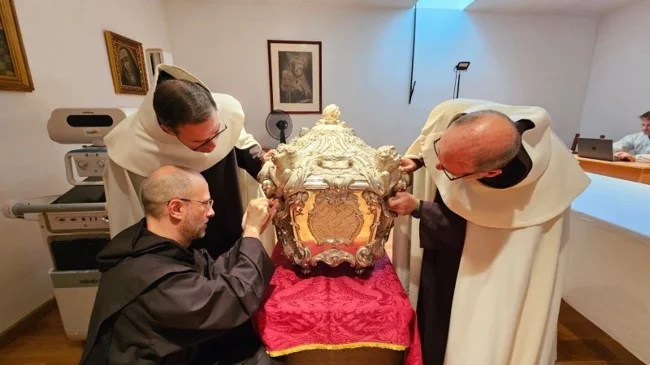The Body of Saint Teresa Shown to the Public for the First Time in a Century (9 photos + 1 video)
Category: Interesting photo stories, PEGI 0+
15 May 2025
Saint Teresa of Avila died 440 years ago in 1582. Her remains were exhumed from a church in Spain last August, and experts were amazed at how well preserved they were. The nun was shown to the public for the first time in 111 years at a basilica in Alba de Tormes, Spain. 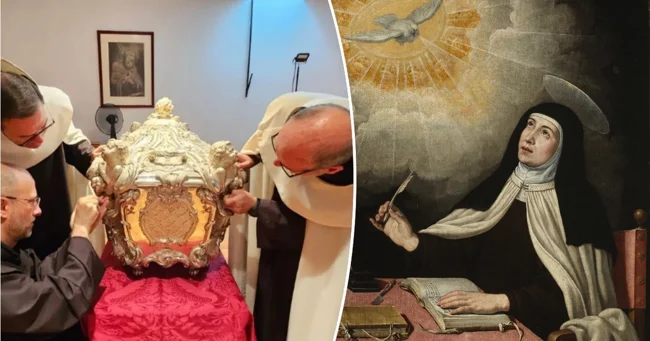
Crowds of worshipers gathered to see the holy nun at the Basilica of the Annunciation of Our Lady of Mount Carmel in Alba de Tormes, Salamanca, Spain. Teresa's remains are in a silver coffin framed in marble, her face is still "clearly visible" and her limbs are "incorrupt."
Saint Teresa's body was exhumed in the Diocese of Avila in Spain on August 28, 2024. Clergy shared the news on social media, writing: "Her body is still incorrupt. Seek the miracles of God."
After opening the tomb, a team of doctors compared the holy nun's face and foot to photographs taken in 1914. But the data was difficult to compare because the images were black and white.
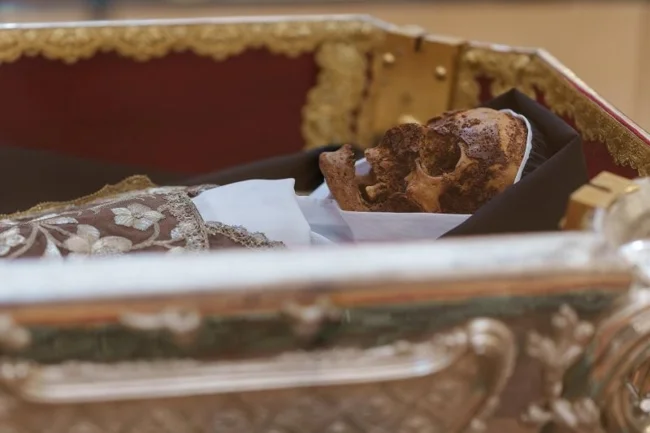
Saint Teresa is the patron saint of chess players, lace makers, orphans, religious ministers, people ridiculed for their piety, and the sick.
The Spanish nun became the first woman to be elevated to the rank of Doctor of the Church in 1970 for her exceptional contribution to church teaching. Teresa was canonized — declared a saint — in March 1622.


Scientists are trying to figure out why St. Teresa's body didn't decompose, and hope their research will help develop methods for preserving relics.
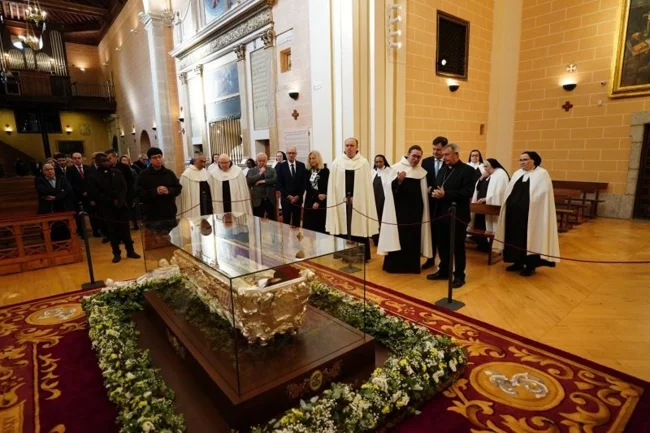

The diocese has taken strict measures to protect the nun's remains: ten keys are required to access her coffin. Three are in the possession of the Duke of Alba, three are in the possession of the city of Alba de Tormes, and three are in the possession of the Carmelites in Rome. A tenth key, known as the royal key, is also needed.
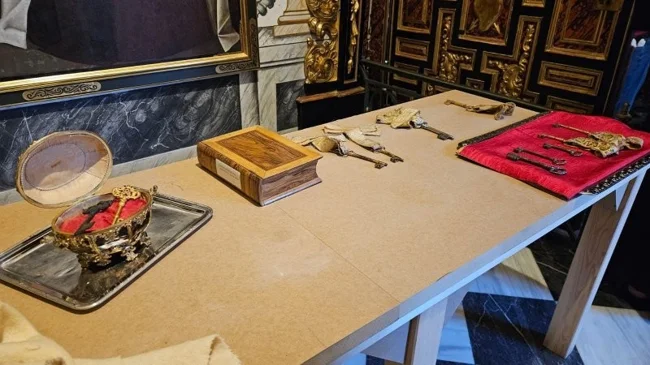
While examining her body, experts noticed so-called bone spikes on her legs, which may indicate Teresa's religious commitment.
The bone spikes are calcium deposits that resemble the endoskeleton of starfish and sea urchins.
Saint Teresa also suffered from convulsions, stomach problems, dizziness, and loss of consciousness.
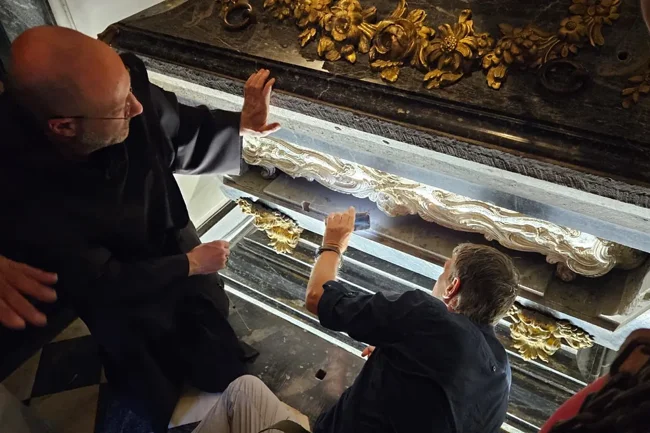
“We know that in her last years she had difficulty walking because of the pain she described,” explained Marco Chiesa of the Avila diocese. “We noticed calcium spurs on her feet. Despite this, she reached Alba de Tormes and died there.”
In 1582, when Saint Teresa was about 67 years old and already ill, she went to Alba de Tormes to visit her friend Anna Garcia (in monasticism, Anna of Saint Bartholomew).
On the way, she became very weak and seriously ill. Three days after arriving at the local monastery, Saint Teresa said to Anne: “At last, my daughter, I have reached the house of death.”
